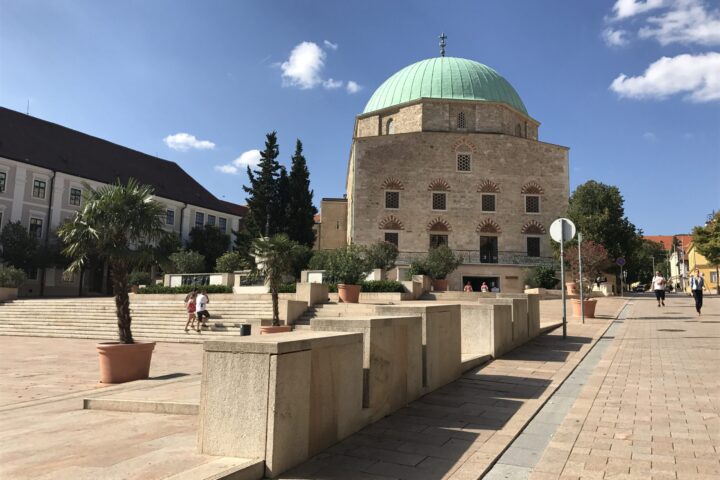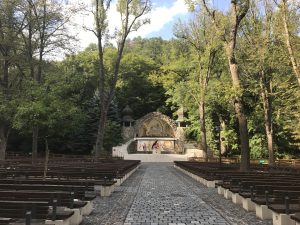If you’re looking for a meaningful escape from the city, this private day trip from Budapest to Gödöllő and Hollókő offers a perfect blend of aristocratic elegance and authentic village charm. This full-day, privately guided experience invites you to discover two of Hungary’s most treasured destinations—one rooted in royal Baroque grandeur, the other in timeless rural tradition.
The day begins in Gödöllő, home to Hungary’s second-largest Baroque palace. Originally built by the noble Grassalkovich family, the palace became the beloved summer residence of Queen Elisabeth—known affectionately as Sissi. As you walk through its beautifully restored halls, grand ballroom, and peaceful gardens, you’ll gain a deeper understanding of royal life in 18th- and 19th-century Hungary. The palace’s ornate architecture and tranquil atmosphere offer an unforgettable glimpse into the country’s noble past.
From royal elegance, we move to rustic charm. Your journey continues to Hollókő, a picturesque village that feels untouched by time. This UNESCO World Heritage site is a living museum of traditional Palóc culture, where locals still dress in folk costume on special occasions and artisans create beautiful handmade crafts. Stroll the cobbled lanes, visit the village museum and pottery workshops, and enjoy a slower pace that brings you closer to Hungary’s cultural roots.
One of the many reasons travellers love this tour is its private, customisable nature. Whether you’re passionate about architecture, history, or local handicrafts—or simply want to enjoy a scenic countryside escape without the crowds—I will tailor the experience to suit your interests and comfort level. There’s no rushing from site to site, just time to explore, ask questions, and soak in the surroundings at your own pace.
This tour is ideal for couples, families, or small groups looking for an experience that goes beyond the typical sightseeing tour. It also offers a deeper perspective on Hungarian history, from aristocratic life in the Baroque period to rural customs that have survived into the modern day. With door-to-door transport, a knowledgeable local guide, and stops handpicked for their cultural richness, it’s an enriching and stress-free day outside Budapest.
Whether it’s your first time in Hungary or you’re returning to explore more deeply, this private countryside tour promises a rewarding journey into the heart of Hungarian heritage. It’s not just about seeing places—it’s about experiencing them with insight and intention.
How to Book Your Private Tour
Ready to step into history and explore Hungary’s countryside in comfort? You can find full details and book your Private Baroque Day Trip from Budapest to Gödöllő and Hollókő online at:
BAROQUE TOUR IN GÖDÖLLŐ AND HOLLÓKŐ (Private day trip from Budapest)
Select your preferred date, and don’t hesitate to get in touch if you’d like to customise the itinerary—I’m always happy to make your day extra special!


























